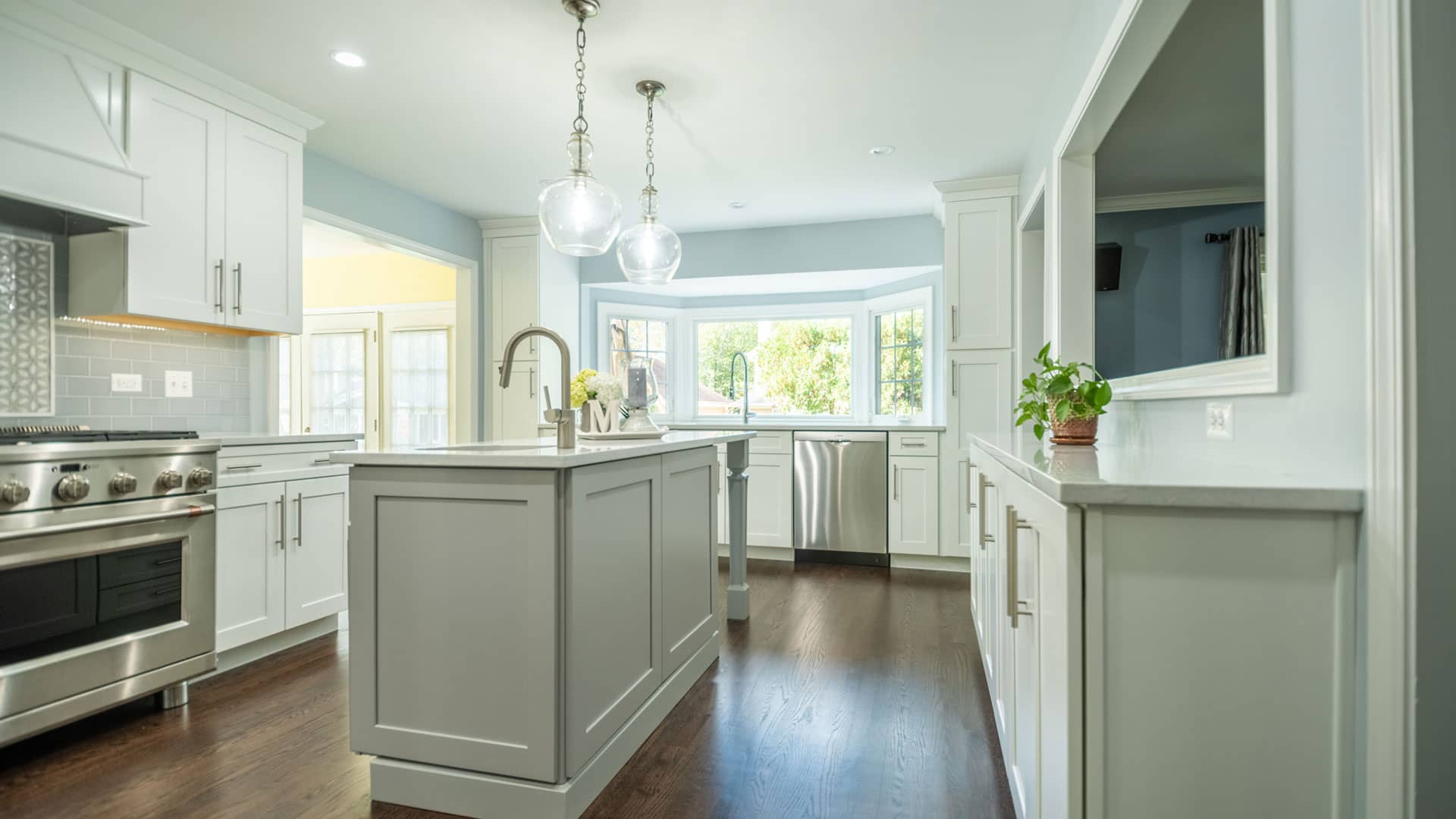An Overview of Ceramic Floor Tiles in Chicagoland

Porcelain tiles are thin, flat, slabs commonly used to protect and decorate floors and walls. Ceramic Floor tiles have developed over many centuries, and the earliest forms of tiles originated from the Middle East about 7,000 to 8,000 years ago. During that age, only the wealthy in the society could afford them, until handier manufacturing materials became available then it was no longer a reserve for the rich. They came in crude shapes and were not as strong as the ones available today, but even then, the artisans took time to add a splash of colour in different pigments, and curved out fascinating patterns before laying them out to dry.
At the same time, Chinese was also using white clay commonly known as kaolin to produce the earliest form of porcelain ceramics and tiles. They inspired the Persians to import their porcelain to decorate walls and floors across North Africa, Asia, Mediterranean Europe, and finally the whole of Europe. Today on walking into a tile store, one will find a wide range of tiles with styles and designs inspired by different regions.
Advantages of ceramic tiles
Like all floor surfaces, ceramic tiles come with a number of advantages.
- They are flexible, and easily installed on virtually any level surface.
- Since polished porcelain tiles come in a wide range of colours, shapes, and sizes, you can use them to create different, fascinating patterns and art. For instance, use them to create abstract concoctions, or create a quilt style design.
- The tiles are easy to clean and unlike wooden floors, they do not require polishing.
- Use ceramic tiles to bridge different rooms, and even connect various room themes. Achieve a cohesiveness that is hard to get with other materials you can use them in non-carpeted areas, which will blend the different rooms together easily.
Disadvantages of ceramic tiles
Ceramic tiles in Chicagoland are exceptionally stylish and durable, but have disadvantages depending on what you require in your flooring and the function of the room you’re laying the tiles in.
- Unlike other resilient flooring materials, porcelain tiles can break easily.
- A Chicagoland tile floor can be cold underfoot; however underfloor heating is a consideration.
- Slipperiness is an immense disadvantage in polished porcelain tiles flooring. There are non-slip varieties that are suitable for use in wet areas, while others are smooth and a small amount of water can lead to a slip and fall accident.
- When a ceramic tile breaks, it takes a lot of work to fix as you will need to cut out and remove the tile along the grout line without damaging the surrounding material in the process.
- Additionally if you use white or light coloured grout, this will require cleaning and eventually re-grouting.
- Some ceramic tiles require sealing to stop the absorption of water, in high traffic areas, re-sealing at some point may be required.
As with all flooring there are pro’s and con’s to consider. It’s important that you consider all aspects such as the use of the room, will water be present, is it a highly trafficked area etc and of course your budget, before your commit to laying tiles on your floor.
